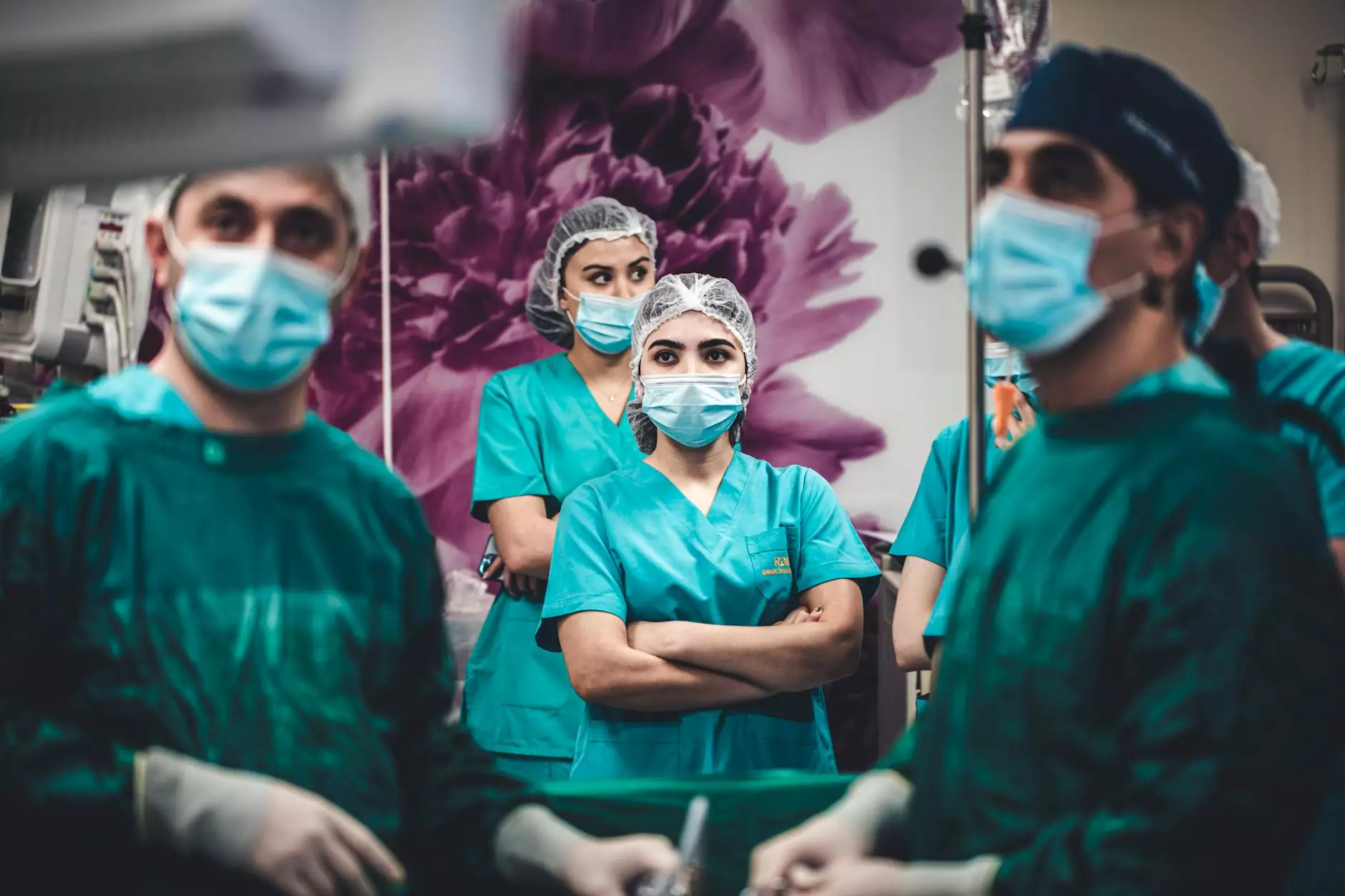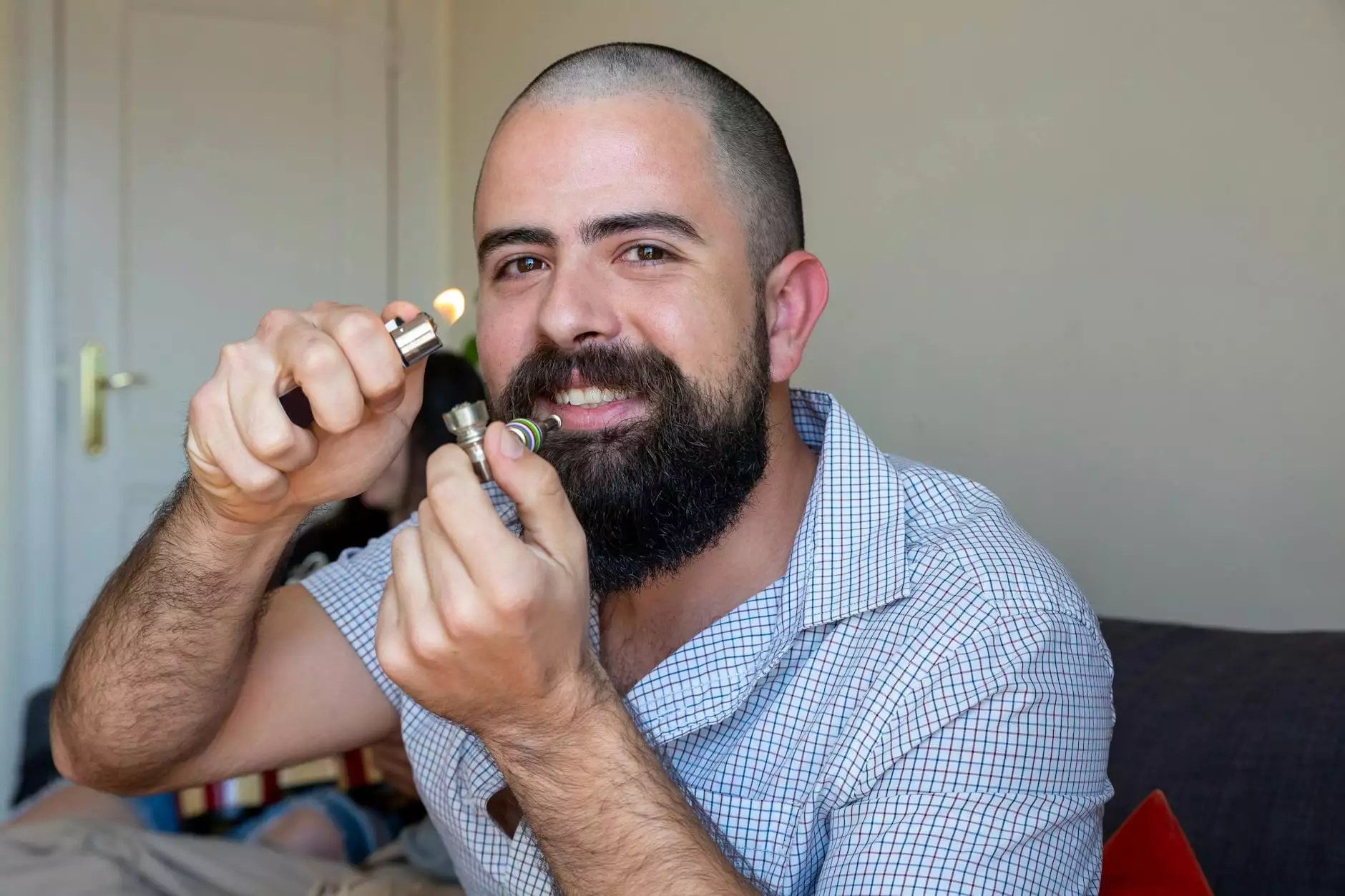Bilateral Salpingo-Oophorectomy: Understanding the Procedure, Benefits, and Recovery

In the realm of women's health, few procedures carry as much significance and complexity as the bilateral salpingo-oophorectomy. This surgical intervention involves the removal of both ovaries and fallopian tubes, and it can have profound implications on a woman’s health and lifestyle. Whether you are a patient considering this procedure or a healthcare provider seeking to better inform patients, this article aims to provide a comprehensive overview of the bilateral salpingo-oophorectomy, its purposes, procedures, and post-operative care.
What is a Bilateral Salpingo-Oophorectomy?
A bilateral salpingo-oophorectomy is a surgical procedure involving the excision of both the ovaries (oophorectomy) and the fallopian tubes (salpingectomy). It is often performed under general anesthesia and can be approached through abdominal or laparoscopic methods. This procedure is performed not only for therapeutic reasons but also as a preventive measure in women at high risk for certain conditions, particularly ovarian and breast cancers.
Indications for Bilateral Salpingo-Oophorectomy
There are several reasons why a healthcare provider might recommend a bilateral salpingo-oophorectomy. Understanding these indications is crucial for patients considering the procedure. Some common indications include:
- Ovarian Cancer: Women diagnosed with ovarian cancer might require this surgery to prevent the spread of cancerous cells.
- Genetic Predisposition: Women with BRCA1 or BRCA2 gene mutations have an increased risk of developing breast and ovarian cancer; preventive surgery may be advised.
- Severe Endometriosis: Advanced cases of endometriosis may necessitate the removal of reproductive organs to alleviate pain and prevent further complications.
- Pelvic Inflammatory Disease (PID): Chronic infection can damage reproductive organs, sometimes leading to the recommendation for this surgery.
- Hormonal Disorders: Conditions like polycystic ovary syndrome (PCOS) may require surgical intervention in severe cases.
The Procedure: What to Expect
Anticipating what occurs during a bilateral salpingo-oophorectomy can help ease the anxiety many patients feel. Here's a step-by-step breakdown of the procedure:
- Preoperative Consultation: A thorough evaluation will be conducted, including medical history, physical exams, and possibly imaging studies.
- Anesthesia: The procedure usually requires general anesthesia to ensure the patient is unconscious and pain-free.
- Surgical Access: The surgeon may choose an abdominal incision or use laparoscopic techniques, which involve smaller incisions and less recovery time.
- Removal of Organs: The surgeon will carefully remove the ovaries and fallopian tubes, ensuring that no surrounding tissue is harmed.
- Closure: After the organs are removed, the surgeon will close the incisions with sutures or staples.
Risks and Complications
As with any surgical procedure, a bilateral salpingo-oophorectomy carries inherent risks. Potential complications include:
- Infection: There is a risk of postoperative infection at the incision site.
- Bleeding: Excessive bleeding during or after surgery may necessitate blood transfusions.
- Anesthesia Risks: Reactions to anesthesia, although rare, can occur.
- Changes in Hormones: Removal of the ovaries leads to a sudden drop in hormone levels, which may cause symptoms of menopause if done before natural menopause age.
Benefits of a Bilateral Salpingo-Oophorectomy
While the risks must be considered, there are significant benefits to undergoing a bilateral salpingo-oophorectomy, particularly for patients at high risk for ovarian or breast cancer. Some benefits include:
- Cancer Risk Reduction: This procedure significantly lowers the risk of developing ovarian and certain types of breast cancer.
- Symptom Relief: Women suffering from severe endometriosis or chronic pelvic pain may experience significant relief post-surgery.
- Improved Quality of Life: For many, the emotional and physical toll of recurrent health issues is relieved, improving overall wellbeing.
Recovery After Surgery
Recovery from a bilateral salpingo-oophorectomy necessitates attention to both physical and emotional health. Here’s what one can expect during the recovery process:
Immediate Postoperative Care
After waking from anesthesia, patients will be monitored for complications. Pain management protocols will be discussed and initiated, typically involving medications to help ease discomfort.
Hospital Stay
Depending on the surgical approach, the hospital stay could last from one to three days. Laparoscopic patients might be released sooner than those who have undergone a more invasive surgical technique.
Home Recovery
At home, patients should focus on:
- Rest: Adequate rest is essential to facilitate healing.
- Activity Restrictions: Limiting strenuous activities, such as heavy lifting or vigorous exercise, is crucial in the initial weeks.
- Follow-Up Appointments: Patients should adhere to follow-up appointments with their surgeon to ensure proper healing.
- Mental Health Support: Emotional support and counseling may be beneficial, especially for those facing hormonal changes or anxiety about the future.
Long-term Implications
The long-term implications of a bilateral salpingo-oophorectomy can be significant. Patients should be aware of:
- Menopausal Symptoms: Women who have their ovaries removed may experience symptoms similar to menopause, such as hot flashes, night sweats, and mood swings.
- Hormone Replacement Therapy (HRT): Discussing HRT options with a healthcare provider can help manage menopausal symptoms effectively.
- Regular Health Check-ups: Ongoing screenings and check-ups remain crucial, particularly for breast health.
Conclusion
A bilateral salpingo-oophorectomy is a significant medical procedure with profound impacts on a woman's health journey. Understanding the indications, procedure, benefits, and recovery process can empower patients to make informed choices. If you are considering this surgery or have been advised to undertake it, consult with a qualified healthcare provider at drseckin.com to explore your options and ensure optimal care tailored to your needs. With the right information and support, you can navigate this medical intervention with confidence.
© 2023 Dr. Seckin. All rights reserved.
bilateral salpingo-oophorectomy.








